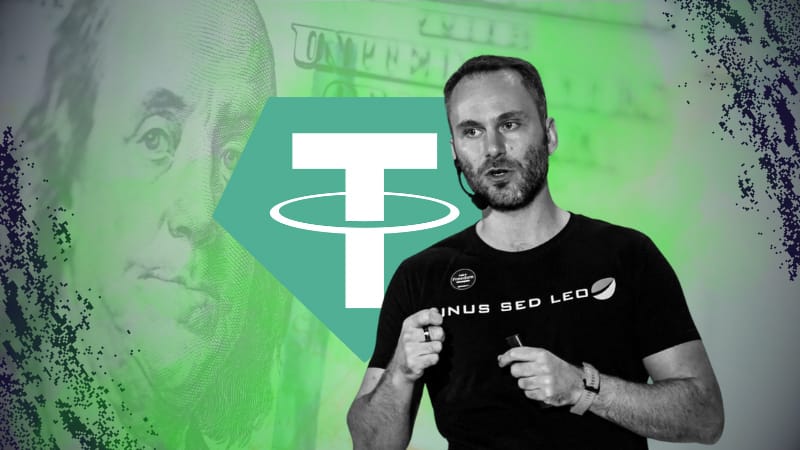Tether CEO Eyes New US Stablecoin as Regulatory Pressure Mounts on USDT

Paolo Ardoino, the chief executive of Tether, has hinted at a significant shift in the company’s strategy as it grapples with mounting regulatory challenges in the United States. With new legislation threatening to ban Tether’s flagship stablecoin, USDT, from key markets, Ardoino revealed that the company is exploring the creation of a U.S.-domiciled stablecoin designed to align with the country’s evolving legal framework. This move comes as Tether, a dominant player in the $144 billion stablecoin space, faces scrutiny over its compliance practices and the potential loss of its foothold in both American and European markets.
The cryptocurrency landscape has undergone rapid transformation in recent years, prompting governments worldwide to introduce targeted regulations for stablecoins, which are digital assets pegged to traditional currencies like the U.S. dollar. These rules aim to safeguard financial systems while addressing concerns about transparency and stability.
For Tether, the impact has already been felt. Earlier this week, Binance, one of the world’s largest crypto exchanges, removed USDT from its European platforms, citing the stablecoin’s failure to meet the European Union’s stringent new requirements for issuers. Ardoino acknowledged that despite Tether’s investments in EU-compliant dollar- and euro-backed stablecoin projects, USDT’s long-term viability in major markets is increasingly uncertain.
In the U.S., the regulatory landscape is tightening further. Congress has introduced bills like the STABLE Act and the GENIUS Act, signaling a push for greater oversight of stablecoin issuers. The GENIUS Act, spearheaded by Republican Senator Bill Hagerty, targets companies with assets exceeding $10 billion, mandating federal supervision, monthly reserve disclosures, and regular audits. For Tether, which has never undergone a full financial audit, these requirements pose a formidable challenge. The company’s historical opacity has long drawn criticism, and adapting USDT to meet these standards may prove impractical.
Stay In The Loop and Never Miss Important Crypto News
Sign up and be the first to know when we publishA Pivot to a New Stablecoin
Faced with the prospect of a U.S. ban, Tether is now considering a fresh approach: launching a new stablecoin tailored specifically for the American market. This potential pivot reflects the company’s efforts to navigate the Trump administration’s regulatory agenda, which prioritizes transparency and accountability in the crypto sector.
Ardoino emphasized Tether’s commitment to compliance in a recent interview, pointing to the company’s collaboration with over 200 global agencies to combat illicit activities. However, he conceded that retrofitting USDT to satisfy the STABLE and GENIUS Acts could be a tall order, making a U.S.-specific stablecoin a more viable option.
Meanwhile, competitors are making moves. Circle, the issuer of USDC, stands out as a frontrunner in the race to dominate the stablecoin market. With regular audits from Deloitte and a proactive stance on regulatory compliance, Circle is well-equipped to thrive under the new U.S. rules. This readiness could give it an edge over Tether, potentially reshaping the competitive landscape.
Ardoino, however, remains defiant. He argued that Tether maintains a higher level of cooperation with law enforcement than its rivals, and he dismissed their efforts to capitalize on Tether’s challenges as opportunistic. He also revealed that Tether is in talks with multiple accounting firms to conduct a full audit, though he noted that firms remain cautious about engaging with the volatile stablecoin sector.
Ardoino expressed confidence that USDT will retain its presence in U.S. secondary markets, underscoring its global importance for remittances. Current Senate legislation would only prohibit non-compliant issuers from offering tokens directly to American users, while the House bill takes a stricter stance, banning trading on exchanges like Coinbase within two years of enactment. As Tether weighs its next steps, the stakes are high, not just for the company, but for the broader stablecoin ecosystem. Whether a new U.S.-focused stablecoin can secure Tether’s future remains to be seen, but Ardoino’s willingness to adapt signals a critical juncture for the industry giant.

